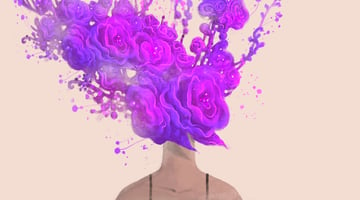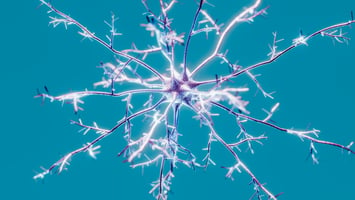Awareness of Emotion

I have been slightly dragging my feet on writing this episode of the blog, probably because this has been one of my own more meaningful areas of growth on this awareness journey, so I feel like there is a lot to unpack. I have also taken some good advice and decided that I can post what I know and understand today, with the proviso that I will post more about this topic later when more epiphanies arise. I will continue to iterate on this topic!
Five years ago, I would have told you that I didn’t have many emotions. I believed that I mostly operated by rational thought. A former colleague recently told me that he always saw me as very business-like and matter of fact, even though we went through some tough and stressful times together.
However, it turns out that everybody has emotions, I was just stuffing them down, or not aware of them in the moment.
Eventually I had a serious episode of burnout, and I went to therapy in the aftermath. In therapy I learned that all humans do indeed have emotions. There are just varying degrees of awareness of emotion, and of facility with and understanding of the information that an emotion can carry. My therapist taught me to recognize emotions when they arise, to name them and feel them in my body. Her mantra was “an emotion is just another data point for you to consider” which, of course, made the pursuit of emotional awareness very interesting for my analytical brain.
Sometimes emotions are activated by things that happen in the world. Sometimes we activate our own emotions by having a particular thought.
However, emotions don’t happen voluntarily, they arise in the moment, and then we typically act in response to them. According to emotions researcher Lisa Feldman Barrett, an emotion is your brain trying to predict the meaning of physical sensations that arise in your body, based on past experience.
Let me give you an example from my life. In my coaching business I needed to do some market research. I emailed people from my past corporate life to ask if I could interview them as part of my market fit analysis. A day later some people had not responded. And OF COURSE my thought was “They never even liked me anyway.” (That’s an old, repetitive story, see previous blog post). And the related emotion that came up was embarrassment that I had even dared to reach out. See how that goes? Also, eventually everyone got back to me – it was never about me to begin with but I conjured up an old story and a related emotion arose.
To cut this thought/emotion cycle short, neuroanatomist Jill Bolte Taylor explains the helpful concept of the 90 second rule. Once a thought or input has activated an emotion, your body releases neurochemicals, which are then flushed through your system in 90 seconds. If you have the time and space to simply feel a feeling as it arises, you can observe that it also passes in 90 seconds. If you have the presence of mind to recognize what is happening, and fully feel the feeling and let the thought go, I promise that it will dissipate in 90 seconds. Believe me, I have tested this, realtime, in a fractious business meeting.
I am sure you, reader, are sitting here thinking “No way, my big emotions last for hours, or days!”. This is true, and you are likely the one making that happen. If you continue to think about the thing that caused the emotion to rise in the first place, you’ll cause the same reaction in your body, and repeat the cycle. This is why I wrote first about awareness of thought in the previous blog post. If you can become aware of your thoughts as they arise, you have some chance of also managing related emotions. It is a simple concept which takes a lot of practice to achieve in real life, and it all starts with awareness.
I will be the first to admit that my counsel to feel your feelings in the moment is encountered with much skepticism by my friends who are in corporate roles. It doesn’t feel safe to try this out at work for some people. However, if you are a leader of people, it will pay for you to be aware of your own emotions and those of others, because it turns out that human emotion is the sea in which leaders swim. Emotions are arising within each of us, whether we want to acknowledge them or not.
What is your present facility with emotions? Are you aware of them? Do you understand what’s driving them? What small experiment would you do today to start to build your awareness of emotion?
Resources:
Short: The 90-Second Rule with Jill Bolte Taylor on YouTube.
Medium: Lisa Feldman Barrett – TED talk on how emotions are made.
Long: How Emotions Are Made: The Secret Life of the Brain – Lisa Feldman Barrett



